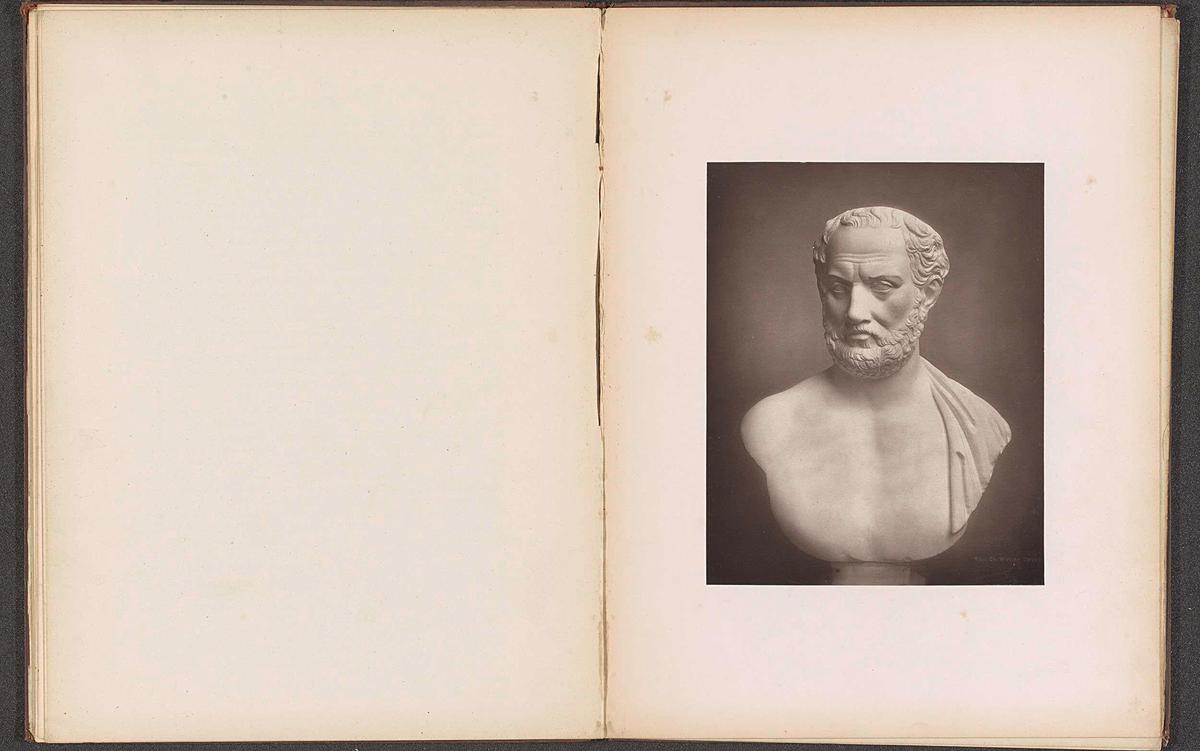
Split-ring resonator
A split-ring resonator (SRR) is an artificially produced structure common to metamaterials. Their purpose is to produce the desired magnetic susceptibility (magnetic response) in various types of metamaterials up to 200 terahertz. These media create the necessary strong magnetic coupling to an applied electromagnetic field, not otherwise available in conventional materials. For example, an effect such as negative permeability is produced with a periodic array of split ring resonators.[4]
A single cell SRR has a pair of enclosed loops with splits in them at opposite ends. The loops are made of nonmagnetic metal like copper and have a small gap between them. The loops can be concentric, or square, and gapped as needed. A magnetic flux penetrating the metal rings will induce rotating currents in the rings, which produce their own flux to enhance or oppose the incident field (depending on the SRRs resonant properties). This field pattern is dipolar. The small gaps between the rings produces large capacitance values which lower the resonating frequency. Hence the dimensions of the structure are small compared to the resonant wavelength. This results in low radiative losses, and very high quality factors.[4][5][6]
Split ring resonators (SRRs) consist of a pair of concentric metallic rings, etched on a dielectric substrate, with slits etched on opposite sides. SRRs can produce an effect of being electrically smaller when responding to an oscillating electromagnetic field. These resonators have been used for the synthesis of left handed and negative refractive index media, where the necessary value of the negative effective permeability is due to the presence of the SRRs. When an array of electrically small SRRs is excited by means of a time varying magnetic field, the structure behaves as an effective medium with negative effective permeability in a narrow band above SRR resonance. SRRs have also been coupled to planar transmission lines, for the synthesis of transmission line metamaterials.[7] [8] [9] [10]




















